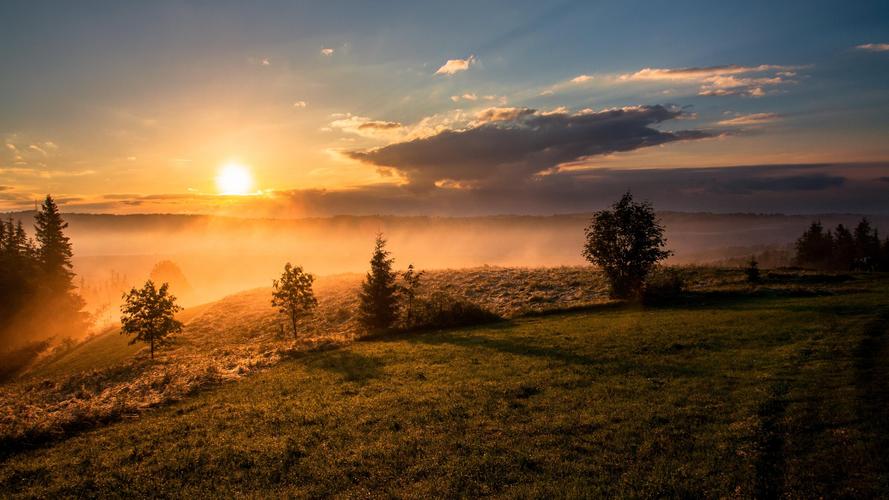The Ultimate Guide to Backpacking Yosemite: Tips and Tricks for the Adventure of a Lifetime
Introduction
Yosemite National Park in California is a popular backpacking destination for hikers and outdoor enthusiasts worldwide. With towering granite cliffs, lush valleys, and serene lakes, it’s no wonder why people flock to this place to experience nature at its finest. However, planning a backpacking trip in Yosemite can be overwhelming, especially for first-timers. That’s why we’ve created this ultimate guide to backpacking Yosemite, filled with tips and tricks to make your adventure of a lifetime a reality.
When to Go
The best time to backpack Yosemite is from late spring to early fall when the weather is mild. However, you’ll also be competing with crowds during these months. If you prefer a quieter experience, consider backpacking during the off-season, such as late fall or winter. The weather may be more challenging, but you’ll have the park to yourself.
Where to Go
Yosemite offers over 750 miles of trails, ranging from easy day hikes to strenuous multi-day backpacking trips. Some popular backpacking routes include the John Muir Trail, the Tuolumne Meadows, and the Half Dome Trail. However, be prepared for the crowds on these trails, especially during peak season. If you’re looking for a quieter experience, consider exploring the lesser-known trails, such as the Mono Pass Trail or the Grand Canyon of the Tuolumne.
What to Pack
Packing for a backpacking trip in Yosemite can be daunting, but some essentials include a tent, sleeping bag, sleeping pad, stove, fuel, water filter, food, and appropriate clothing and footwear. It’s essential to pack lightweight and durable gear since you’ll be carrying it on your back. You’ll also need to consider what permits you need for your trip and any specific regulations, such as bear canister requirements.
Preparation and Skills
Before embarking on your backpacking trip, it’s critical to prepare physically and mentally. Hiking at high elevations can be challenging, so it’s vital to get in shape and acclimate yourself to the altitude. It’s also necessary to learn basic wilderness skills, such as map reading, navigational compass use, and backcountry safety. Yosemite offers several resources and programs to help you improve your skills, such as ranger-led programs, guided hikes and backpacking trips, and wilderness education courses.
Conclusion
Backpacking Yosemite can be a life-changing experience, filled with stunning scenery, challenging hikes, and unforgettable memories. However, be prepared to face the crowds, challenging terrain, and unpredictable weather. The key to a successful backpacking trip is preparation, planning, and a willingness to immerse yourself in the beauty of nature. Use this ultimate guide to backpacking Yosemite to help you plan your adventure and make the most of your time in this natural wonderland.
(Note: Do you have knowledge or insights to share? Unlock new opportunities and expand your reach by joining our authors team. Click Registration to join us and share your expertise with our readers.)
Speech tips:
Please note that any statements involving politics will not be approved.
